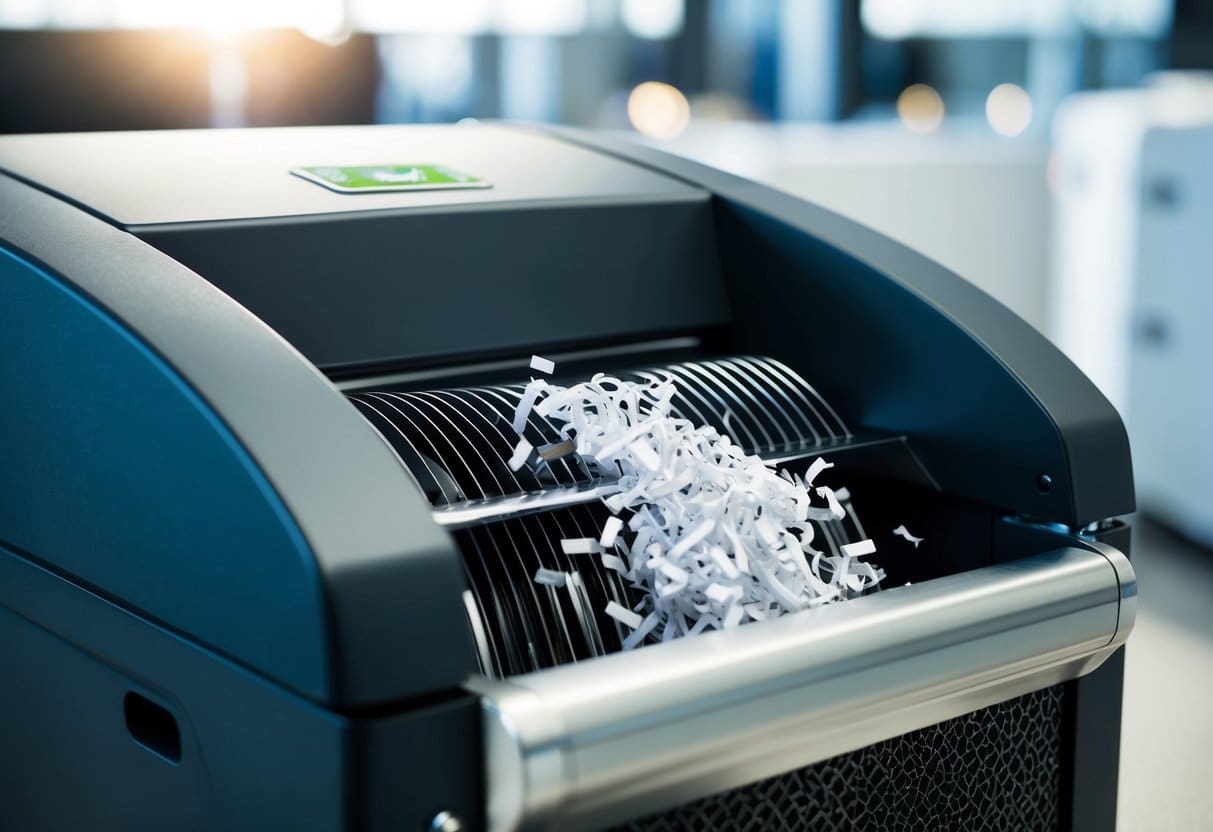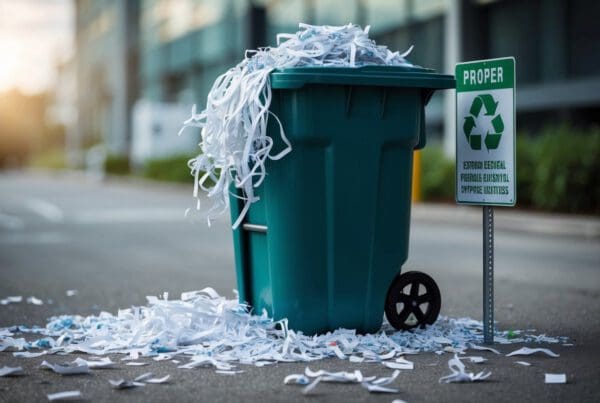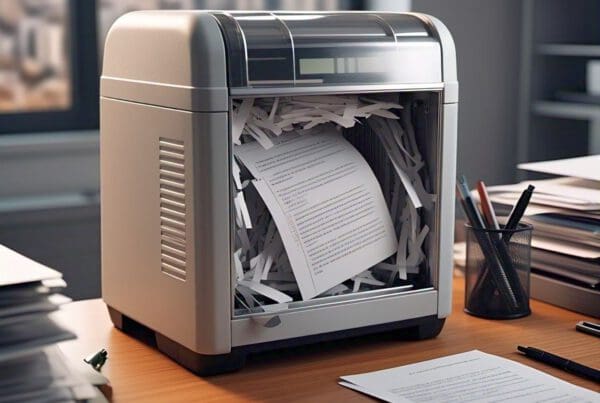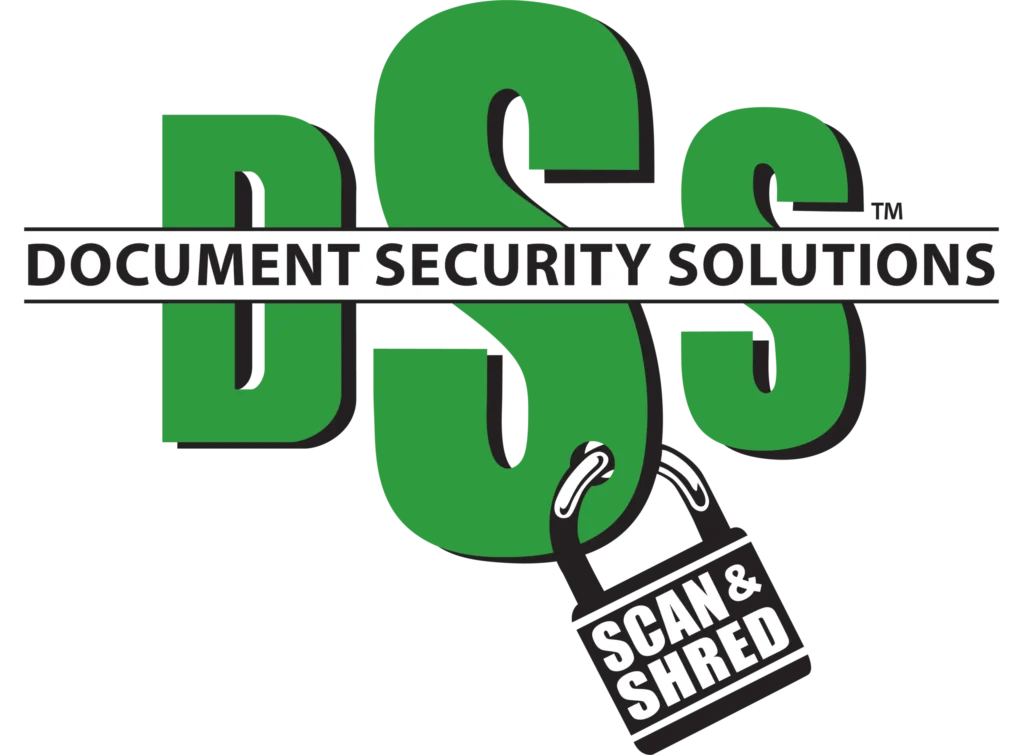Overview of Eco-Friendly Shredding Technology
In recent years, eco-friendly shredding technology has improved significantly. This progress helps us manage waste more sustainably. Today, we explore the evolution of shredding and the rise of machines that reduce our carbon footprint.
The Evolution of Shredding Technology
Shredding technology has come a long way. Initially, shredders were basic, focused only on reducing waste volume. Early shredders relied on manual operation, requiring significant human effort.
Over time, electric shredders emerged, making the process more efficient. These machines required less physical labor and could handle more materials. Recent innovations focus on sustainability. Smart shredders now adjust their energy use based on demand, which helps save power.
There are shredders that produce less noise, too. Reducing noise has an indirect environmental impact by limiting pollution. These advances combine to make shredding an integral part of sustainable waste management.
Eco-Friendly Shredding Machines
Today’s eco-friendly shredders are designed with the planet in mind. They incorporate sustainable shredding practices to minimize their environmental impact. One way they achieve this is by using energy-efficient motors that cut down on electricity use.
Some models come equipped with sensors. These sensors optimize operation and only run when needed. This feature reduces unnecessary energy consumption and extends the machine’s lifespan.
Manual shredders remain an important option. They require no electricity and produce zero emissions. Even though they may not handle as much volume as electric shredders, they offer a low-impact alternative. These tools remind us of the benefits of simple, sustainable solutions.
Document Security and Data Protection

In today’s world, keeping sensitive information secure is crucial. With eco-friendly shredding technology, we can protect data while being mindful of the environment. This section explores how shredding helps secure data, complies with regulations, and offers advanced features for security.
Securing Sensitive Information Through Shredding
We rely on shredding to prevent identity theft and keep sensitive information secure. Paper shredders destroy documents so that data can’t be read or reconstructed. By using cross-cut or micro-cut technology, shredders offer different levels of security to meet various needs. These methods ensure that our personal, financial, and business information stays confidential.
Shredding not only protects against identity theft but also ensures compliance with data destruction standards. For businesses, shredding is a key part of a broader security strategy. It helps build trust with customers by safeguarding their data. In this way, shredding is an essential tool for maintaining privacy and security.
Data Protection Regulations and Compliance
Data protection regulations set strict guidelines for handling and destroying information. Compliance is crucial for avoiding penalties and building a trustworthy reputation. Regulations such as GDPR, HIPAA, and others require secure data destruction methods.
Shredding technology must align with these legal requirements. By using compliant shredding practices, we can protect ourselves and our organizations from legal risks. Understanding these regulations ensures we remain responsible and proactive about data protection.
For companies, regular audits and updates to shredding practices help maintain compliance. It’s crucial to document these efforts to demonstrate accountability. Also, training staff on data protection laws further reinforces secure practices.
Advanced Features for Data Security
Advanced shredders offer features that enhance data security. Many include encryption protocols for added protection during data disposal. Some models come with sensors that detect unauthorized access attempts.
High-security shredders can even destroy digital media like CDs, DVDs, and hard drives. This versatility ensures complete data destruction across various formats. Some devices have energy-saving modes, aligning with eco-friendly goals without sacrificing security.
Secure shredding solutions help us safely discard sensitive information. By investing in technology with these advanced features, we ensure robust data protection and stay ahead of evolving security challenges.
Sustainable Shredding Operations
In this part, we will explain how shredding operations have evolved to become more eco-friendly. Our focus is on solutions that cut energy use, reduce waste, and support a circular economy.
Energy-Efficient Shredding Solutions
Energy-efficient shredding solutions are crucial for reducing our carbon footprint. Modern shredders now feature advanced motors and smart sensors that adjust energy consumption based on the volume of material being processed.
Shredders that automatically shut off during downtime are now common, decreasing unnecessary energy use. Variable speed drives also help minimize electricity demand by optimizing the mechanical load.
Our approach prioritizes the use of renewable energy sources. Solar panels and wind turbines can power shredding operations, lowering reliance on traditional electrical grids. Using energy-efficient machinery ensures conservation of resources and manifests our commitment to environmental responsibility.
Minimizing Waste with Sustainable Practices
Minimizing waste in shredding operations involves adopting practices that emphasize resource conservation. We implement sorting systems that separate materials before shredding, which enables the recycling of different components.
To manage residue, we use composting to convert organic waste into valuable fertilizer. Reducing excess waste also means designing shredders that produce smaller, properly sized particles, encouraging easy reuse or recycling.
Sustainable disposal methods, such as converting shredded materials into biofuels or other valuable by-products, further drive our eco-friendly goals. This makes it easier to find useful applications for materials that would otherwise go to waste.
Integrating Shredding into a Circular Economy
Integrating shredding operations into a circular economy involves creating systems where materials remain in use for as long as possible. We design shredders to recover high-value components efficiently, crucial for reuse and recycling.
Our partnerships with manufacturers and recyclers help us close the loop. Materials that are broken down in shredding processes are refined and transformed into new products. This reduces the need for virgin materials, thus cutting down on resource extraction.
By focusing on product lifecycle management, we ensure that shredding operations contribute positively to sustainable development. Our solutions not only engage in responsible waste management but also play a part in creating a sustainable future.
Shredding Technology and Environmental Sustainability
Our focus on shredding technology highlights advancements that align with environmental sustainability. Key innovations aim to improve the efficiency of shredders while reducing their ecological footprint. We explore the use of recycled materials in designing these machines and emphasize the importance of effective waste management and recycling of shredded materials.
Innovations in Shredder Design and Functionality
In recent years, shredding technology has progressed significantly. Modern shredders are designed to minimize energy consumption and reduce noise pollution. These machines now feature more efficient cutting mechanisms, which extend their lifespan and enhance performance. Many manufacturers are committing to sustainable practices by creating shredders with parts that are easy to maintain or replace, reducing the need for complete replacements.
Advanced shredders use sensor-based systems to detect the type of material being shredded. This allows for automatic adjustments to optimize the process, ensuring minimal waste. Such designs not only make shredding more environmentally friendly but also improve document disposal efficiency.
Using Recycled Materials in Shredders
The construction of shredders increasingly incorporates recycled materials. By using recycled metals and plastics, manufacturers reduce the need for new raw materials, thereby conserving resources. This practice aligns with global efforts to promote environmental sustainability and reduce landfill waste.
These materials offer benefits without compromising on quality or durability. Moreover, using recycled parts helps cut down on the energy and emissions associated with producing virgin materials. This contributes to a more sustainable manufacturing process and supports the recycling industry. Our commitment to sustainability is reinforced by choosing machines built from eco-friendly materials.
Waste Management and Recycling Shredded Materials
Efficient shredding technology contributes significantly to effective waste management. Shredded paper, when properly recycled, has the potential to be transformed into new paper products such as recycled paper. We’re also seeing advancements in processes that separate shredded materials for specific recycling paths.
Managing shredded waste effectively prevents it from ending up in landfills. By ensuring shredded materials are part of the recycling loop, we can better support a circular economy. These practices are a critical step toward sustainable waste management. Our approach to shredding and recycling plays a key role in reducing our environmental impact.
Shredder Types and Shredding Efficiency
In today’s world, eco-friendly shredding is vital. We’re examining the benefits of different shredder types as well as innovations like artificial intelligence and mobile shredding services that enhance efficiency and convenience.
Comparative Advantages of Cross-Cut and Micro-Cut Shredders
Cross-cut and micro-cut shredders are popular for their ability to reduce paper waste. Cross-cut shredders slice paper into small, rectangular pieces, providing good security for most needs. They are fast and more energy-efficient compared to other shredders, making them a sustainable choice.
On the other hand, micro-cut shredders offer a higher security level. They shred documents into tiny particles, making reconstruction nearly impossible. They are ideal for sensitive information, though they consume more energy compared to cross-cut shredders. Despite this, improvements in technology are making these machines more eco-friendly by incorporating energy-efficient features.
The Role of Artificial Intelligence in Shredding
Artificial intelligence (AI) is transforming how we approach shredding. AI technologies are now integrated into shredding machines to improve function and efficiency. These smart shredders can detect the type and amount of material, adjusting power and speed to optimize shredding.
This reduces energy consumption, making shredding more sustainable. AI also enables predictive maintenance, anticipating issues before they become problematic. With these advancements, we ensure that shredding is not only effective but also aligns with eco-friendly practices.
Convenience of Mobile Shredding Services
Mobile shredding services offer unparalleled convenience. These services come directly to us, reducing the need to transport sensitive documents. This is particularly useful for businesses managing large volumes of paper waste.
By shredding on-site, these services ensure high security, as documents never leave the premises until they’re shredded. Additionally, mobile shredders often use the latest eco-friendly shredding machines, which are both energy-efficient and sustainable.
Mobile shredding minimizes our environmental footprint by reducing transportation emissions and ensuring paper waste is disposed of responsibly. In this way, mobility in shredding isn’t just about ease — it supports sustainable practices essential for our planet’s health.





